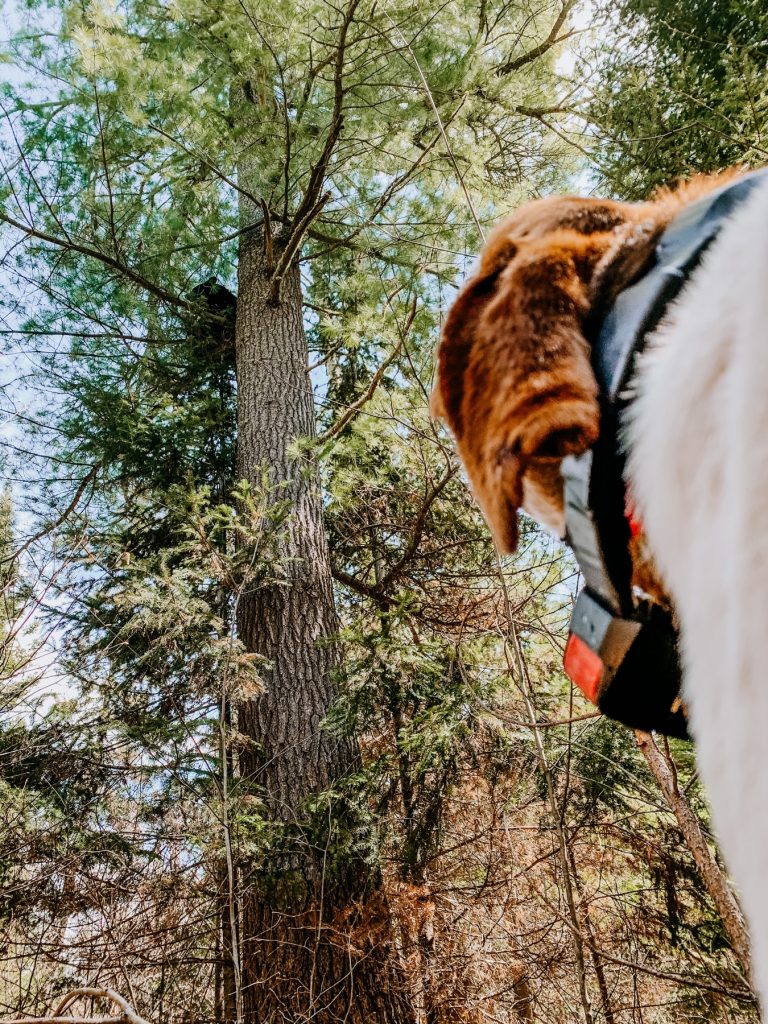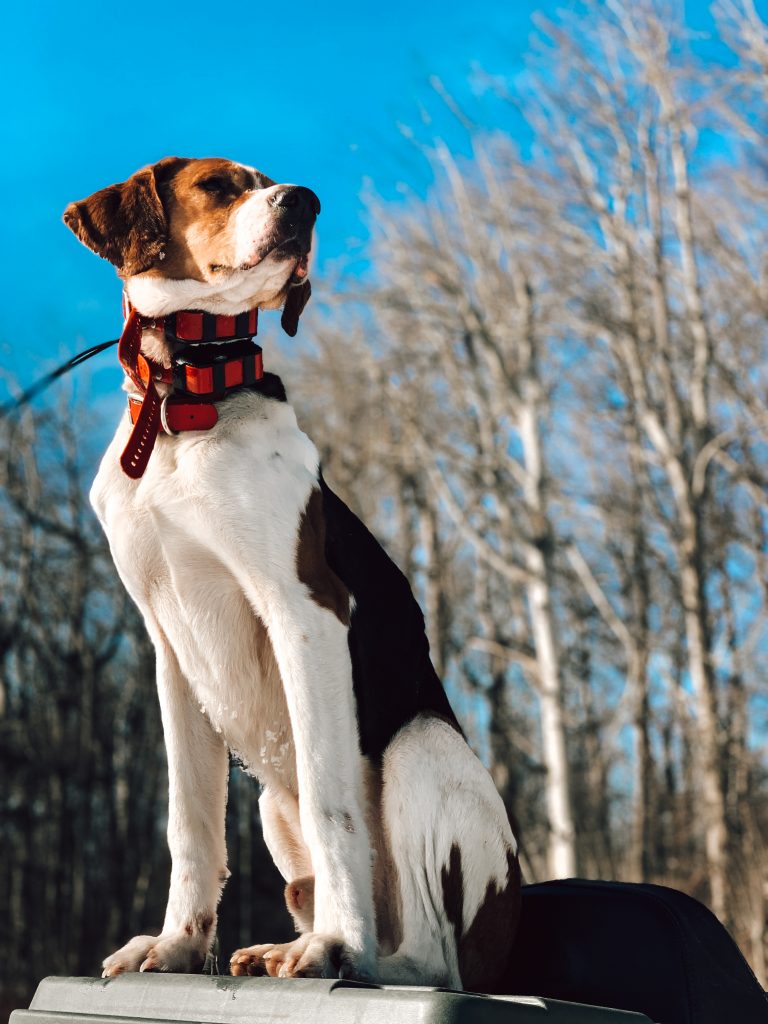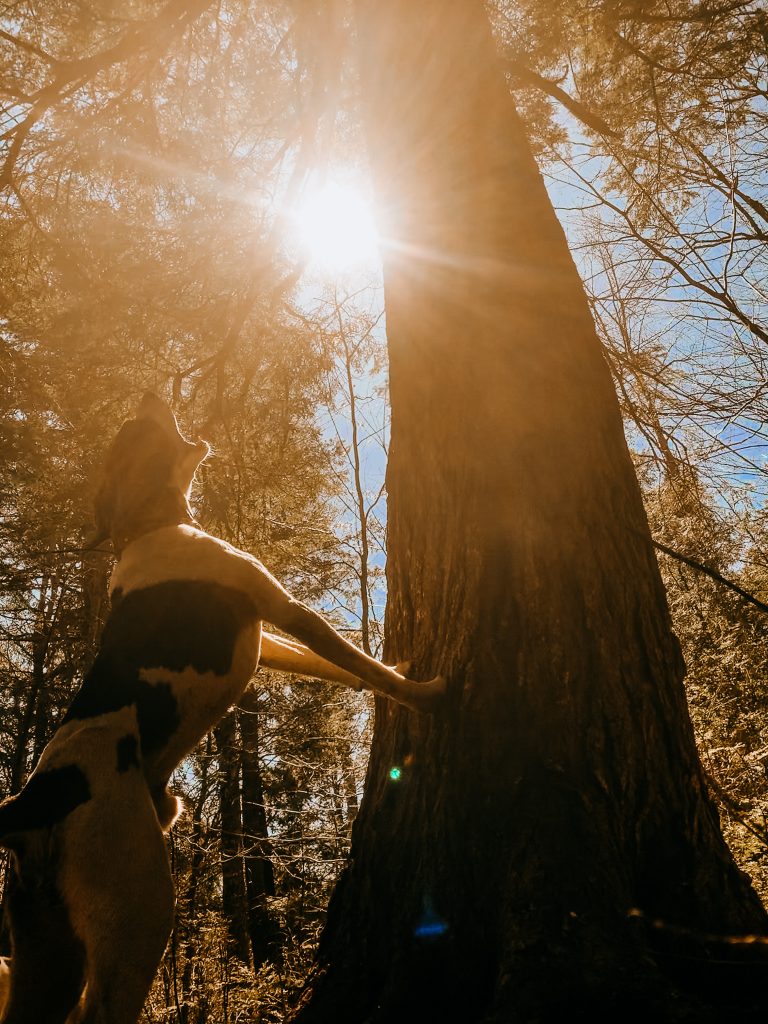Even in a world as technologically advanced as ours, photographs still prove to be as important as they were half a century ago. Thankfully with modern advances we can have quality photos at our fingertips, enabling us to capture our hunts and our dogs at work. Whether you are using a smart phone or a professional camera, there are still some skills to capturing that wall worthy photo. Here are some tips.
Take LOTS- The great thing about digital photography is there is no need to worry about filling up your film roll and having a ton of terrible photos printed at the local Walmart. Do you remember those days? With digital photography you can take as many photos as you can and delete what didn’t turn out later. Chances are, you’ll end up with 10 good photos and 50 terrible ones.
Perspective - Take photos from a few different angles. Get below the hound taking the photo from the dogs perspective. Move around the tree, finding what lighting works best.
Portrait Mode- Most phone cameras have a feature called “portrait mode” . Use it! This will take some professional looking photos with the tap of a button. You know the ones with the crisp details and then the out of focus looking backgrounds? That’s what that does!
Utilize Video- Sometimes there just isn’t time to sit there and play photographer. What I have done in the passed, is set my phone to video and prop it up on a stump or tree in the general direction of the dogs while I help tie dogs back etc. Not always the best alternative but I have also caught some cool moments as well, especially on a bayed bear. You can then screenshot parts of the video later on.
Candid Moments- If you are trying to incorporate the hunters in some of the photos, take candid photos. Meaning, catch them in the moments instead of having everyone pose. This will tell a far better story. Even after a harvest, take photos of each portion of the events afterwards. Notching the tag, cleaning the bear, petting up the dogs afterwards. All of these moments make up the events of this day and the reason we take photos in the first place ; to remember.
Lighting- It seems simple right? However this one can be tricky to train your eye to see. As an artist it has taken me years to develop an eye for where the lighting is in conjunction with the subject ( the hound) . Let me tell you, it can make or break a photo. Sometimes if you’re deep in some dark, gloomy bog this may not have precedence. However if you’re in a beautiful hardwoods setting and the morning light is beaming in through the treetops. Utilize it! Play around, finding the sun in your camera and by adjusting your perspective to find where it really showcases your dog. We do a lot of coyote hunting in the snow, which can be especially tricky. The light will bounce off the snow so you have to be careful not to wash out the dogs if they are white in colour. In other words, the intense lighting will reflect onto your white dog washing out all of his/ her features.
As an artist, capturing photos of the dogs in their element is what inspires me and drives me to paint. Whatever your motivation, the photos you take are invaluable to look back on down the road.
My last tip to leave you with is to capture the entire hunt, not just the end result. The dogs grinding out an old track, them leaping from the gates of the dog box, rigging from the rig rack. All of these are what makes up your hound, your hunt and your memory.
By Chelsea Hansler
IG @chelseahansler











